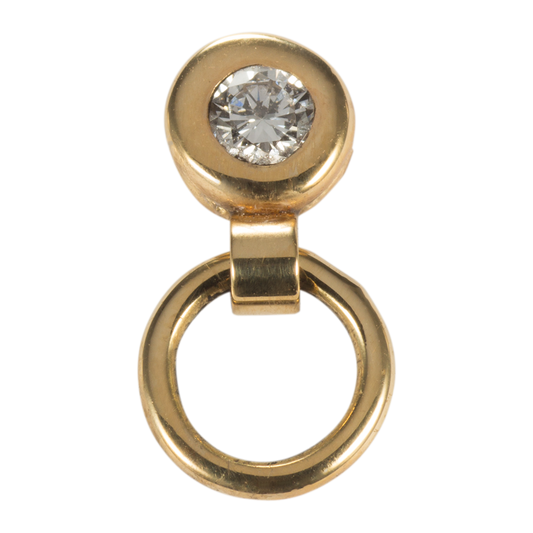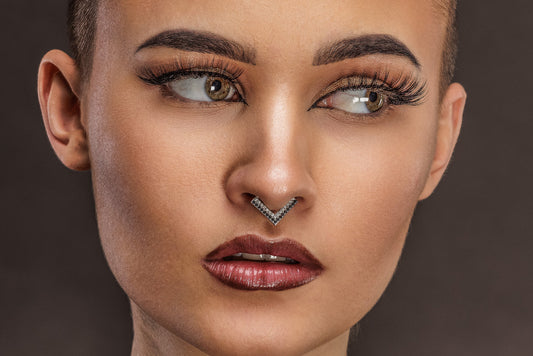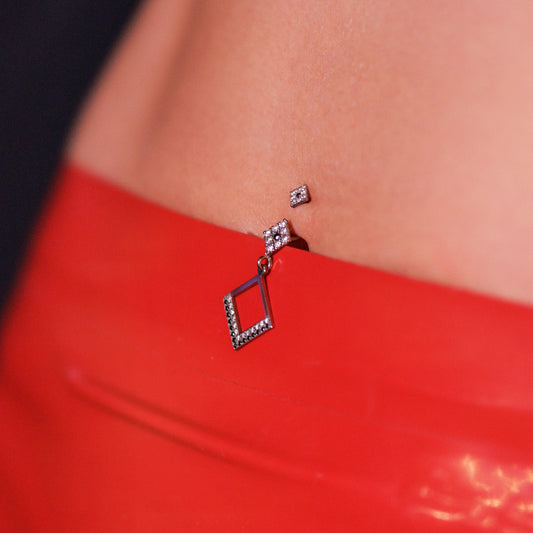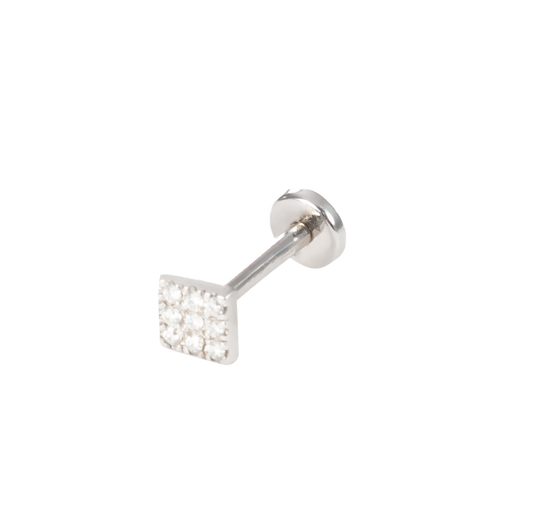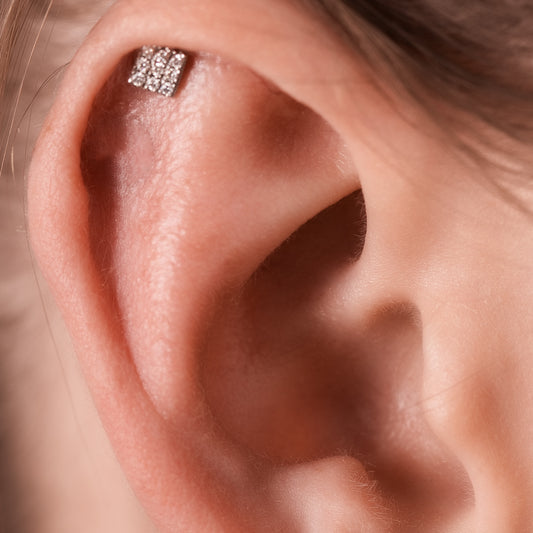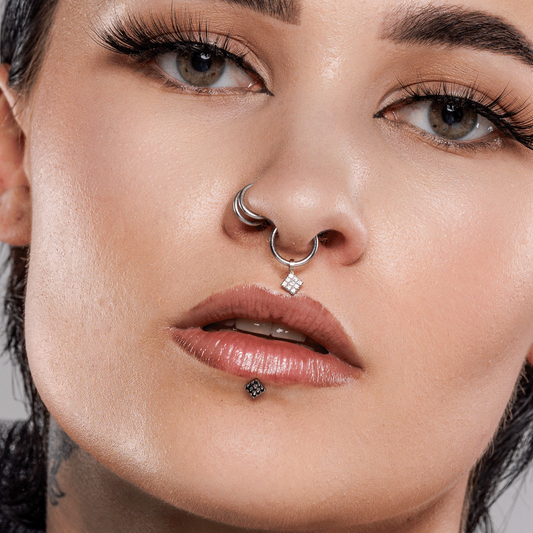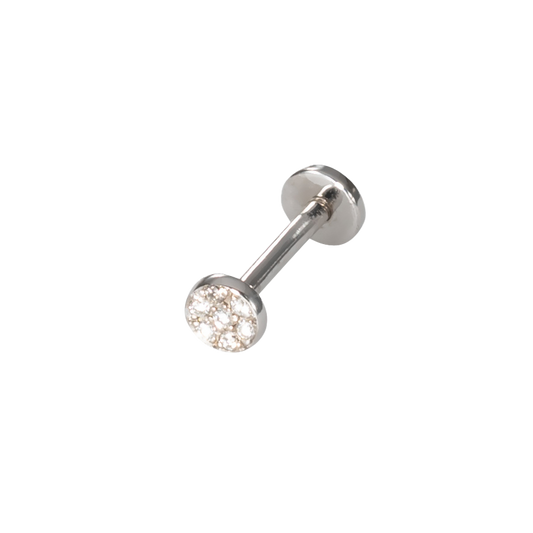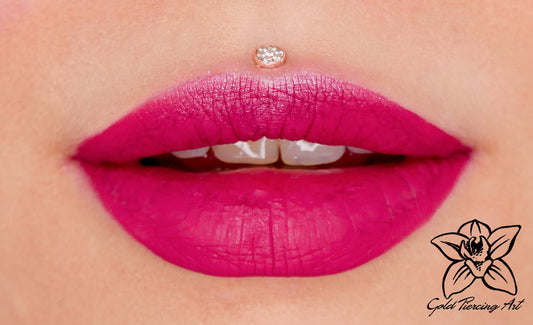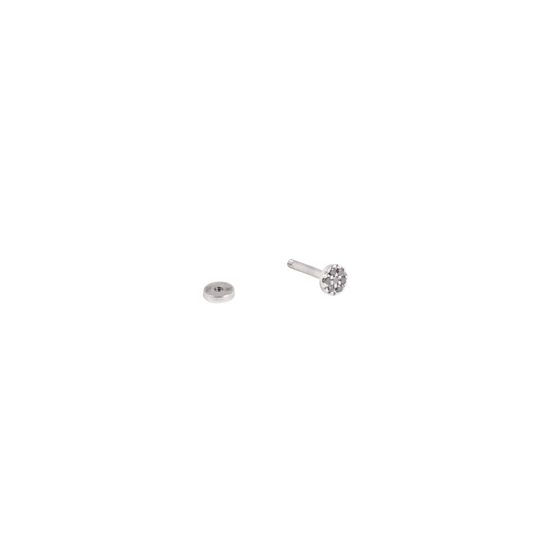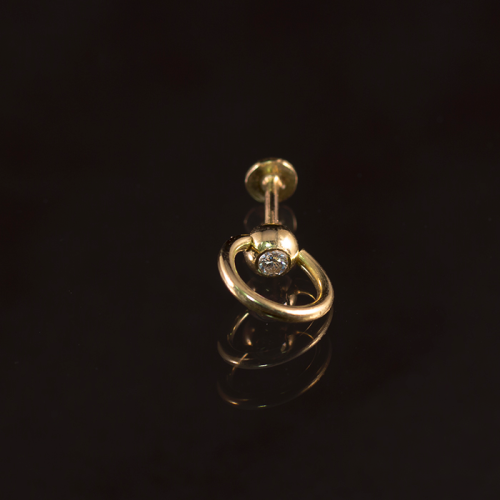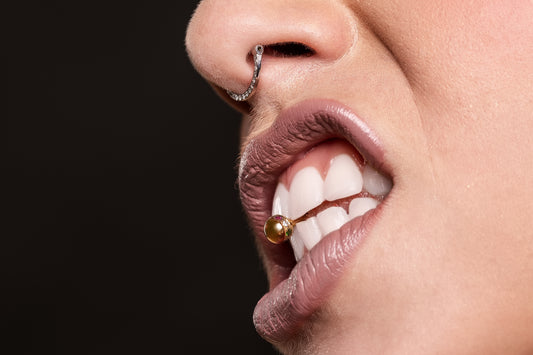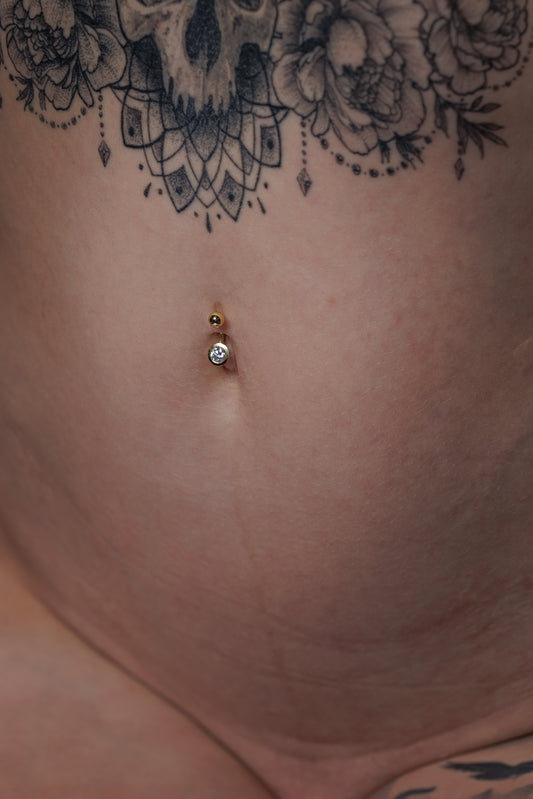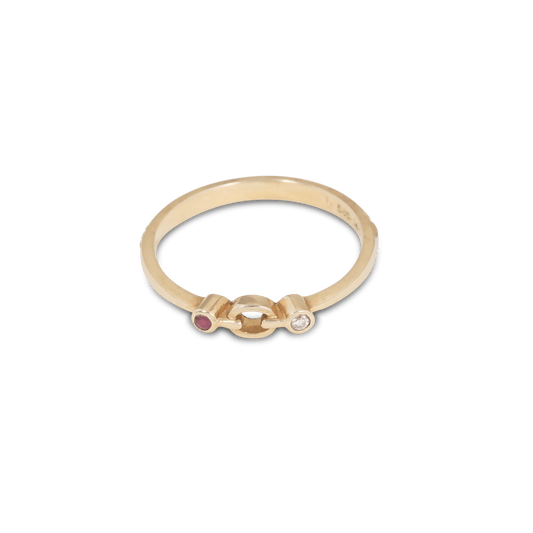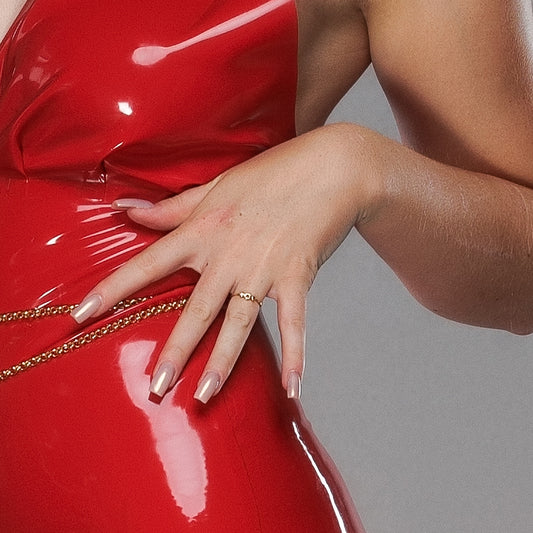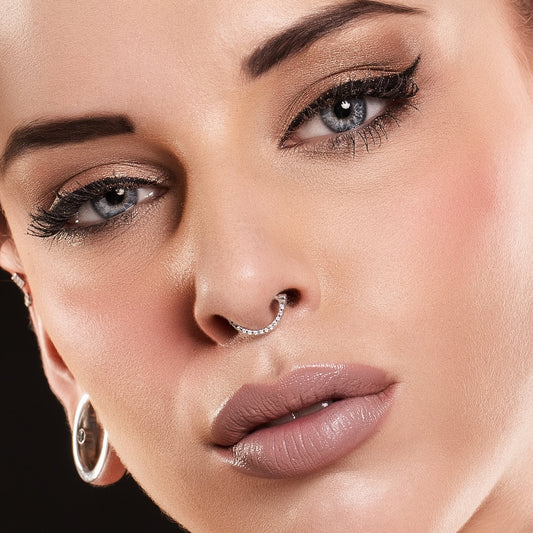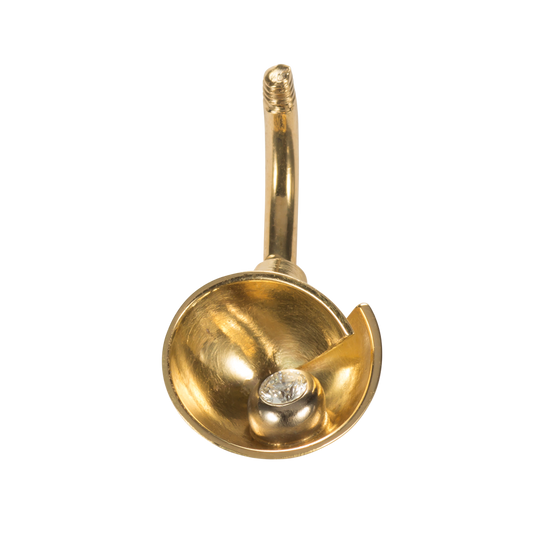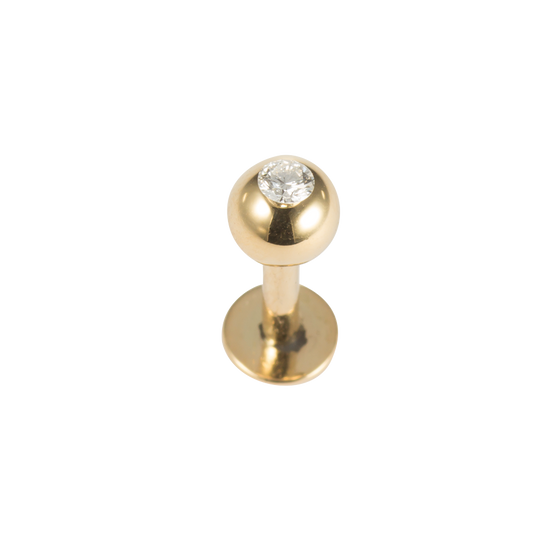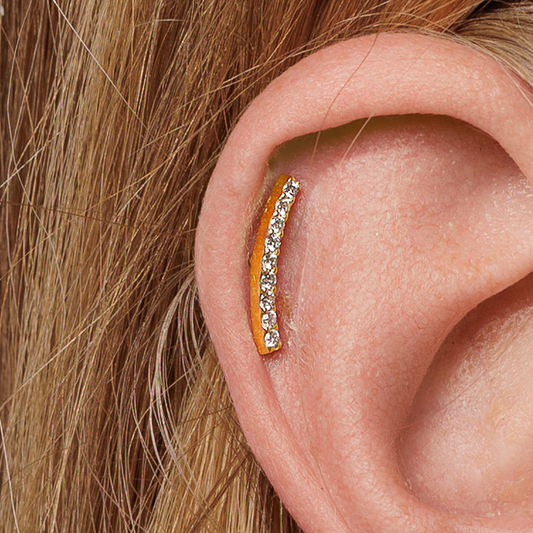Brillantschmuck
"Diamonds are girl's best friend" wusste schon Marilyn Monroe. Wir zeigen Ihnen einige Schmuckstücke mit dem einzigartigen Stein.
-
Piercing clasp 750 Red-, Yellow-, Whitegold with Brilliant
Regular price €895,00 EURRegular priceUnit price per -
Piercing-closure brillant
Regular price From €500,00 EURRegular priceUnit price per -
Piercing Clasp Brillant with Ring of O
Regular price From €480,00 EURRegular priceUnit price per -
Shackle in 18-karat Gold with Diamonds and Rubies
Regular price €780,00 EURRegular priceUnit price per -
Septum Piercing "Quadra"
Regular price €980,00 EURRegular priceUnit price per -
Piercing banana with black and white diamonds quadra
Regular price €1.235,00 EURRegular priceUnit price per -
Septum Piercing Brilliant Fifteen - Black Diamonds
Regular price €439,00 EURRegular priceUnit price per -
Labret Stud "Brilliant Nine"
Regular price From €319,00 EURRegular priceUnit price per -
Labret Stud "Brilliant Nine" - Black Diamonds
Regular price From €309,00 EURRegular priceUnit price per -
Labret Stud "Brilliant Seven"
Regular price From €299,00 EURRegular priceUnit price per -
Labret Stud "Brilliant Seven" - Black Diamonds
Regular price €289,00 EURRegular priceUnit price per -
Labrets "Fancy Diamond"
Regular price From €265,00 EURRegular priceUnit price per -
Labret Stud of the O with a Diamond
Regular price From €240,00 EURRegular priceUnit price per -
Labret Stud with a Brilliant
Regular price From €225,00 EURRegular priceUnit price per -
Piercing barbell with a brilliant or gemstone band
Regular price €1.490,00 EURRegular priceUnit price per -
Piercing banana with brilliants
Regular price From €385,00 EURRegular priceUnit price per -
Ear studs of O as classic ears studs
Regular price €390,00 EURRegular priceUnit price per -
Ring of O Petite
Regular price From €160,00 EURRegular priceUnit price per -
Septum Piercing Brilliant Fifteen
Regular price From €419,00 EURRegular priceUnit price per -
Piercing banana with a brilliant ina shell
Regular price €445,00 EURRegular priceUnit price per -
Labret Stud with a Diamond in a 4 mm ball
Regular price €220,00 EURRegular priceUnit price per -
Labret Stud with Brilliant in a classic 6-claw setting
Regular price From €225,00 EURRegular priceUnit price per -
piercing banana ruby and brilliants as carmolization
Regular price €1.390,00 EURRegular priceUnit price per -
Labret Stud Curve
Regular price From €380,00 EURRegular priceUnit price per






